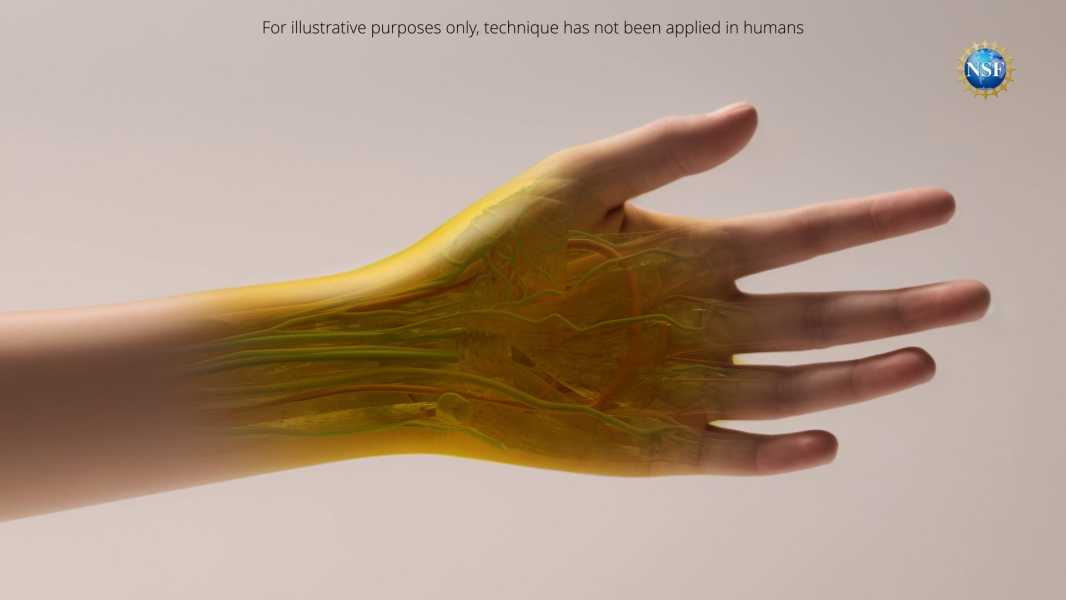
The new solution has only been tested in mice so far, but if it works in humans, the researchers say it could open up a host of medical possibilities. (Photo credit: Kayi “Onyx” Lee/National Science Foundation)
A common food coloring can make the skin of living mice transparent, allowing scientists to examine the insides of their bodies without surgery.
This is the first time that scientists have used this technique to visualize tissue from living mice under a microscope. They used food coloring, which is likely to be found in the snacks in your cupboard, and some basic physics principles to achieve transparency in mice.
Biological tissue is saturated with various substances, from proteins to fats and liquids, and each of these substances refracts the light that falls on it differently. This property is called the refractive index of the material.
When light particles encounter a boundary between two materials with different refractive indices, they are forced to change direction, or scatter. While light passes easily through transparent materials like water, opaque substances block the light, causing it to bounce in different directions. This reflected light hits your eyes when you look at the material, and your brain thus interprets this scattered light as coming from an opaque object. This is why you usually can’t see through someone’s body.
However, scientists have now found a simple method to change the transparency of skin: they used a concentrated food coloring that effectively absorbs light, dissolved it in water and applied the solution to the skin, thereby equalizing the refractive indices of substances in this tissue and temporarily making it translucent.
The researchers described the method in a new study published Thursday (Sept. 5) in the journal Science. They tested the technique on rodents using the FDA-approved dye tartrazine, also known as FD&C Yellow No. 5. The yellow-orange dye is often added to desserts, candies, and a variety of beverages, drugs, and cosmetics.
After initial experiments showed that tartrazine could turn chicken breast slices transparent, the team turned to lab mice. They rubbed a tartrazine solution into the rodents' scalps and then observed the animals under a microscope.
“The transparency appears within a few minutes,” said lead study author Zihao Ou, an assistant professor of physics at the University of Texas at Dallas, in a statement. “It’s similar to the action of a cream or a face mask: The time it takes depends on how quickly the molecules penetrate the skin.”
Sourse: www.livescience.com





